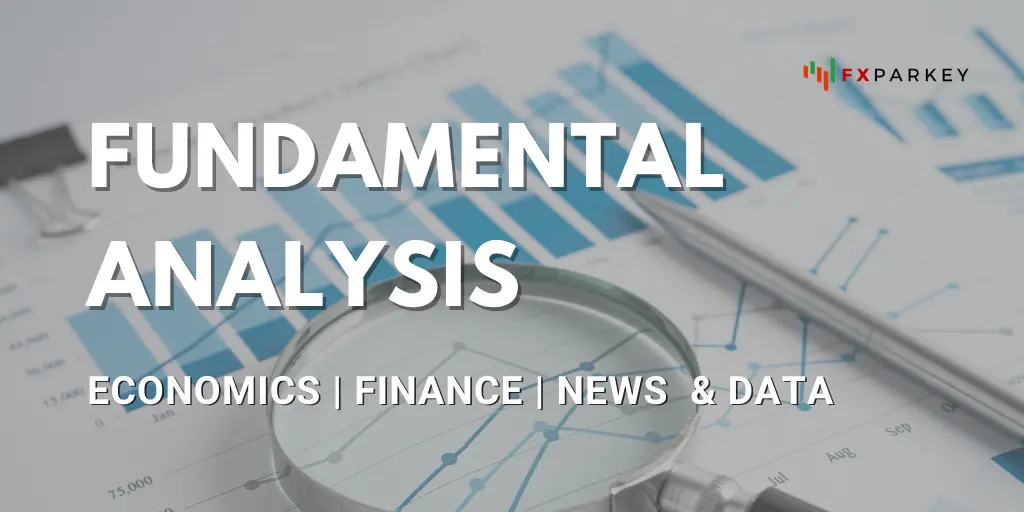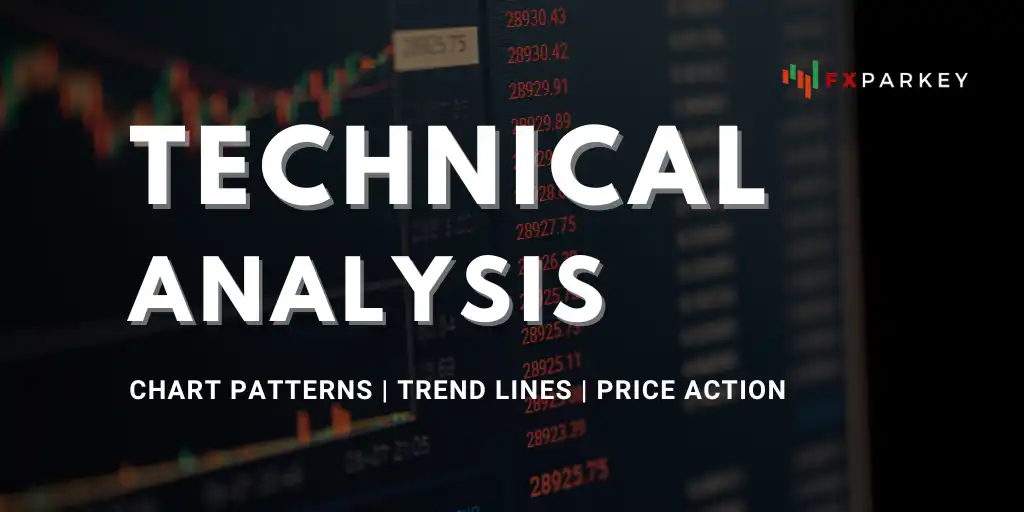Hey there, future forex trader! Ever wondered how those savvy investors seem to predict currency movements like they've got a crystal ball?
Well, buckle up because we're about to dive into the exciting world of forex trading analysis!
Don't worry if you're new to this – we've all been there.
Think of forex analysis as your trusty GPS in the vast ocean of currency trading. It's not about having psychic powers; it's about learning to read the signs and make smart decisions.
Ready to get along with the secrets of the currency markets? Let's get started on your forex adventure!
What is Forex Trading Analysis?

Forex trading analysis involves evaluating currency market trends to make informed trading decisions.
Forex Trading analysis includes technical analysis, which examines price charts and indicators, and fundamental analysis, which assesses economic data and news events.
Combining these methods, traders can predict currency movements and identify profitable trading opportunities.
Types of Forex Trading Analysis
Forex trading analysis is essential for making informed decisions in the dynamic and often volatile currency markets. Traders use various methods to predict future price movements and identify trading opportunities.
The three primary types of analysis in Forex trading are:
Each type offers unique insights and tools, and many traders use a combination of these methods to enhance their trading strategies.
Fundamental Analysis

Fundamental analysis involves evaluating the economic, financial, and political factors that influence currency values. This type of analysis is based on the premise that the intrinsic value of a currency is determined by the economic health and stability of the country issuing it.
Key Components of Fundamental Analysis
- Economic Indicators: Fundamental analysts closely monitor economic indicators such as Gross Domestic Product (GDP), inflation rates, employment figures, and trade balances. These indicators provide insights into the overall economic performance and potential future trends of a country. For example, a rising GDP indicates economic growth, which can strengthen the country's currency.
- Interest Rates: Central banks' interest rate decisions are crucial in fundamental analysis. Higher interest rates typically attract foreign investment, increasing demand for the currency and driving up its value. Conversely, lower interest rates can lead to a depreciation of the currency.
- Political Stability: Political events and stability significantly impact currency values. Elections, policy changes, and geopolitical tensions can cause fluctuations in the Forex market. Traders must stay informed about political developments to anticipate potential market movements.
- Trade and Current Account Balances: A country with a positive trade balance (exports greater than imports) generally sees an appreciation in its currency. Conversely, a trade deficit can weaken the currency. Analysts examine these balances to gauge the economic health and currency strength of a country.
Application of Fundamental Analysis
Fundamental analysis is often used for long-term trading strategies. Traders who rely on this method believe that the market will eventually reflect the true value of a currency based on its economic fundamentals. By understanding the underlying economic conditions, traders can make informed decisions about buying or selling currency pairs.
Technical Analysis

Technical analysis focuses on studying historical price data and trading volumes to predict future price movements. This method is based on the belief that price patterns and trends tend to repeat over time, and by analyzing these patterns, traders can identify potential trading opportunities.
Key Tools and Techniques in Technical Analysis
- Price Charts: Price charts are the foundation of technical analysis. Traders use various types of charts, such as line charts, bar charts, and candlestick charts, to visualize price movements over different time frames. Candlestick charts are particularly popular due to their ability to display detailed information about price action.
- Trend Lines and Channels: Trend lines are used to identify the direction of the market. An upward trend line connects higher lows, indicating a bullish market, while a downward trend line connects lower highs, indicating a bearish market. Channels are formed by drawing parallel lines above and below the trend line, helping traders identify potential support and resistance levels.
- Technical Indicators: Technical indicators are mathematical calculations based on price and volume data. Common indicators include Moving Averages, Relative Strength Index (RSI), Moving Average Convergence Divergence (MACD), and Bollinger Bands. These indicators help traders identify trends, momentum, and potential reversal points.
- Chart Patterns: Chart patterns, such as Head and Shoulders, Double Tops and Bottoms, and Triangles, are used to predict future price movements. These patterns indicate potential trend reversals or continuations and provide traders with entry and exit points.
Application of Technical Analysis
Technical analysis is widely used for short-term trading strategies, such as day trading and swing trading. Traders rely on technical analysis to make quick decisions based on price patterns and indicators. This method is particularly effective in highly liquid markets like Forex, where price movements can be rapid and significant.
Sentiment Analysis

Sentiment analysis involves gauging the overall market sentiment or the collective mood of traders towards a particular currency pair. This type of analysis helps traders understand whether the market is bullish or bearish and can provide valuable insights into potential market movements.
Key Components of Sentiment Analysis
- Commitment of Traders (COT) Report: The COT report, published by the Commodity Futures Trading Commission (CFTC), provides a breakdown of the positions held by different types of traders in the futures market. By analyzing this report, traders can gauge the sentiment of large institutional traders and hedge funds, which can influence market trends.
- Broker Sentiment Data: Many Forex brokers provide sentiment data based on the positions of their clients. This data shows the percentage of traders who are long or short on a particular currency pair. Extreme sentiment readings can indicate potential market reversals.
- News and Social Media: Monitoring news headlines, economic reports, and social media trends can provide insights into market sentiment. Positive news about a country's economy can boost sentiment and drive up its currency, while negative news can have the opposite effect.
Application of Sentiment Analysis
Sentiment analysis is often used in conjunction with fundamental and technical analysis to confirm trading decisions. For example, if fundamental and technical analysis both indicate a bullish trend, but sentiment analysis shows extreme bullish sentiment, a trader might be cautious and look for signs of a potential reversal.
Combining Different Types of Analysis
Many successful traders combine fundamental, technical, and sentiment analysis to create a comprehensive trading strategy. By integrating these methods, traders can gain a deeper understanding of the market and make more informed decisions.
- Fundamental Analysis for Long-Term Trends: Traders use fundamental analysis to identify long-term trends and potential currency strengths or weaknesses. This helps them understand the broader economic context and make strategic decisions about which currency pairs to trade.
- Technical Analysis for Entry and Exit Points: Technical analysis is used to pinpoint precise entry and exit points based on price patterns and indicators. This method helps traders optimize their trades and manage risk effectively.
- Sentiment Analysis for Market Confirmation: Sentiment analysis provides an additional layer of confirmation by gauging the overall market mood. By understanding market sentiment, traders can avoid potential pitfalls and align their trades with the prevailing market psychology.
Quenching Questions on Forex Trading Analysis
What are the Three Main types of Forex Trading Analysis?
The three main types of Forex Trading Analysis are Fundamental Analysis, Technical Analysis, and Sentiment Analysis.
What does Fundamental Analysis involve?
Fundamental analysis involves evaluating economic, financial, and political factors that influence currency values, such as interest rates, GDP, and trade balances.
What is the Main Focus of Technical Analysis?
Technical analysis focuses on studying historical price data and trading volumes to predict future price movements using charts, trends, and indicators.
How does Sentiment Analysis help Traders?
Sentiment analysis helps traders gauge the overall market sentiment towards a currency pair, providing insights into potential market movements.
What are Some Key Tools Used in Technical Analysis?
Key tools in technical analysis include price charts, trend lines, channels, technical indicators (e.g., moving averages, RSI), and chart patterns.
How can Fundamental Analysis be applied in Forex Trading?
Fundamental analysis is often used for long-term trading strategies, helping traders make informed decisions based on economic conditions.
What is the Commitment Of Traders (COT) report, and how is it used in Sentiment Analysis?
The COT report shows positions held by different types of traders, helping gauge the sentiment of large institutional traders and hedge funds.
How can Traders Combine Different types of Analysis?
Traders can use fundamental analysis for long-term trends, technical analysis for entry and exit points, and sentiment analysis for market confirmation.
What are the benefits of using Multiple Types of Analysis in Forex Trading?
Combining different types of analysis provides a comprehensive understanding of the market, enabling more informed and confident trading decisions.
Is it Necessary to Use All Three Types of Analysis to Be a Successful Forex Trader?
While using all three types of analysis is beneficial, traders can still succeed by focusing on one or two methods that suit their style and goals.
End Note
Alright, let's wrap this up with a bang! We've journeyed through the fascinating world of Forex trading analysis, uncovering the secrets to decoding currency market trends and making smarter trades.
Remember, becoming a Forex detective isn't just about crunching numbers – it's about developing a keen eye for market patterns and a gut feeling for global economic shifts.
Keep honing those analytical skills and stay curious about the factors influencing currency values. Who knows? With practice and patience, you might just crack the Forex code and ride the waves to trading success. Now, it's time to put this knowledge into action.
Happy trading, and may the Forex odds be ever in your favor!












